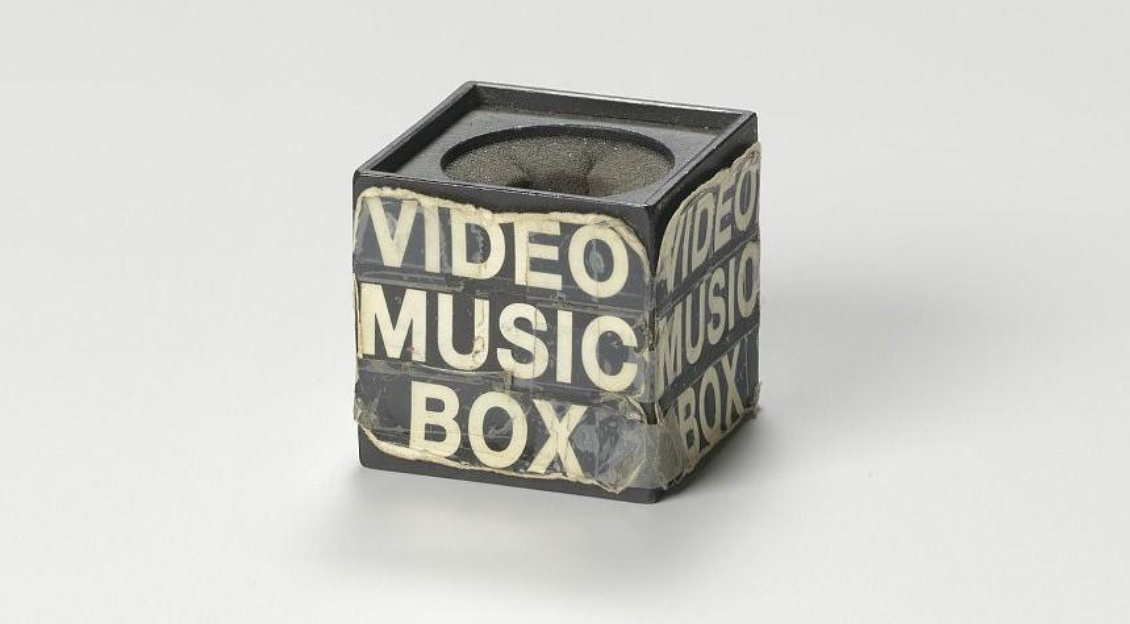Primary sources deepen students’ understanding, boost engagement, and build visual literacy. JSTOR’s extensive collections from libraries, museums, and archives around the world offer rich content to complement secondary literature on our comprehensive platform.


Gain insights on effective primary source teaching strategies
We’ve partnered with Choice, a publication of the Association of College and Research Libraries, to produce a comprehensive report, Teaching and Learning with Digital Primary Sources. The report explores nine key insights to address challenges of awareness and discoverability, digital literacy, and cooperation between librarians and teaching faculty.
Spark curiosity with compelling images and multimedia
JSTOR now includes Artstor’s collections of millions of high-quality images contributed by leading museums and archives worldwide. Our guide to working with images on JSTOR brings together the key information you need to begin working with Artstor and other image content in your JSTOR Workspace.
These resources can help you integrate images and multimedia into your assignments, lectures, and classroom activities:
Find out how educators are using images and media in their courses:
Discover unique shared collections from our library partners
Libraries and archives are digitizing their special collections and making them freely available to students and researchers on JSTOR. These include illustrations, letters and postcards, literary documents, newspapers, magazines, photographs, oral histories, and much more, on a wide variety of subjects.
View highlights from these collections, including:

Capturing the Civil War
The images, diaries, and ephemera in Grand Valley State University’s Civil War and Slavery Collection reveal the cold realities of Abraham Lincoln’s world.

Maps, Power, and Identity
The Ancient East Asian Maps Collection at Hong Kong University of Science and Technology demonstrates the power held and discursive work done by mapmakers.

Eastern Kentucky University American Slavery Collection
Sixteen documents, including slave bills of sale, tell the cruel story of the enslaved lives that were listed in ledgers.
Explore underrepresented voices through Reveal Digital collections
Reveal Digital develops primary source collections from underrepresented 20th-century voices of dissent, funded and published by libraries, museums, and historical societies. Its open access collections include:
Behind the Scenes of the Civil Rights Movements
This open-access collection unearths untold stories of civil rights activism in Black, Latine, Indigenous, and Asian American/Pacific Islander communities, highlighting everyday citizens’ contributions and expanding historical narratives.
Black Periodicals: From the Great Migration through Black Power
This collection showcases Black periodicals from the mid-20th century, representing diverse political, cultural, and literary movements across the U.S., Europe, Africa, and the Caribbean, documenting the Black freedom struggle.
American Prison Newspapers, 1800s-present: Voices from the Inside
This collection brings together over 700 prison newspapers from U.S. prisons, providing an authentic look at life inside prisons. It highlights how incarcerated journalists balanced administration oversight and authentic reporting.
Student Activism
This collection documents the history of student organizing in the U.S., linking past and present movements. It provides access to primary sources that explore how student activists shaped American higher education and continue to enact change.
HIV, AIDS & the Arts
This collection documents the artistic responses to the HIV/AIDS crisis, preserving visual, literary, and performing arts created by marginalized artists, including trans*, BIPOC, and African voices, capturing the cultural fight against the epidemic.
Independent Voices
Featuring alternative press publications from the 1960s to the 1980s, this collection highlights the radical voices of feminists, anti-war activists, Black Power advocates, LGBT communities, and more, showcasing the era’s dissent and cultural movements.
Documenting White Supremacy and its Opponents in the 1920s
This collection features KKK publications alongside key anti-Klan voices from Black American, Catholic, and Jewish communities, providing insights into organized white nationalism and its resistance in the 1920s.
Connect, share, and grow with JSTOR
Stay informed with teaching and learning updates
Sign up to receive occasional updates packed with teaching resources, new tools, educator success stories, and details on upcoming webinars and events—all designed to support your teaching.
Join a growing community
Be among the first to connect with a global community of educators in the Teaching and Learning with JSTOR LinkedIn group. Share best practices and find fresh ways to boost student engagement with JSTOR’s extensive resources.
Share your expertise
We love working with educators to co-create teaching resources and opportunities to document and celebrate innovative teaching.
Stay connected
Follow JSTOR on social media for valuable content and the latest resources to share with your community.
Image credits: 1. Kentucky. For the Union. Grand Valley State University Libraries. Special Collections & University Archives. 2. 西固城圖. The Hong Kong University of Science and Technology Library. Ancient East Asian Maps. 3. William Todd to John Love, for “a negro boy named Charles about fifteen years of age.” via Eastern Kentucky University. 4. From the cover WomanSpirit, April, 1978 via JSTOR. 5. JSTOR. 6. From the cover of Volume 5, Issue 13 of Berkeley Barb via JSTOR’s Reveal Digital Independent Voices Collection.